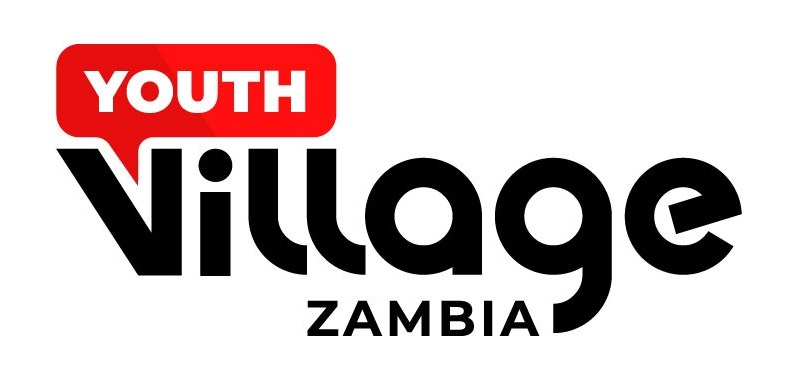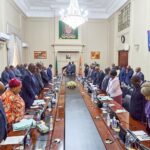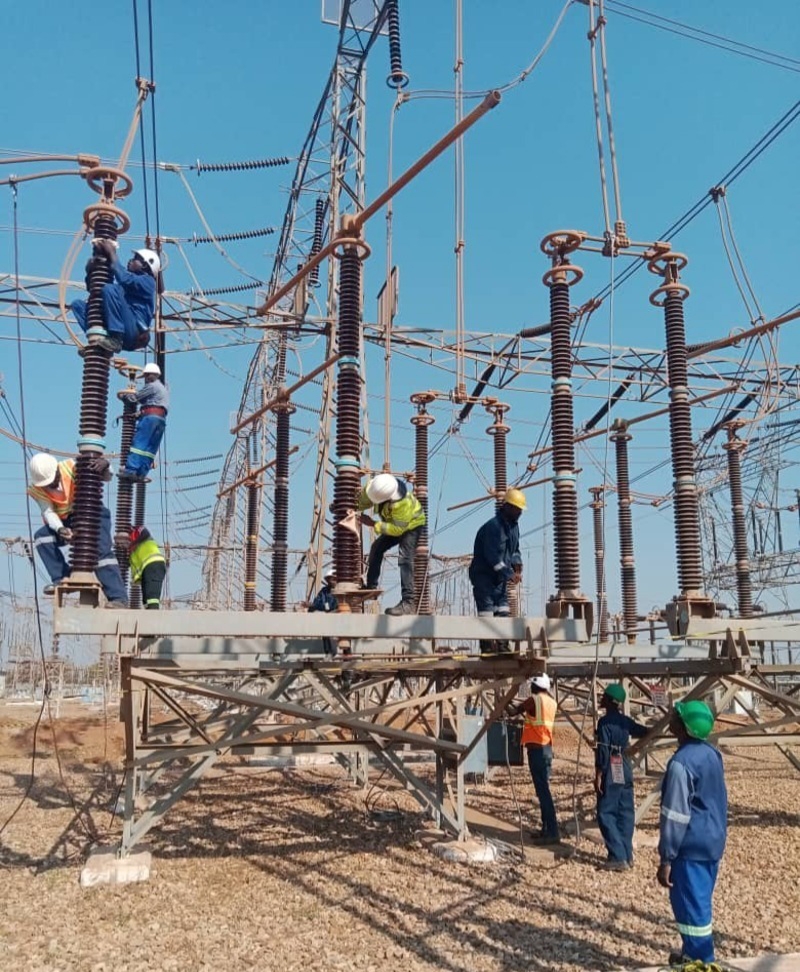In response to ongoing power shortages exacerbated by severe drought conditions, Tanzania and Zambia have embarked on a crucial project to enhance energy connectivity in the region. This ambitious initiative, announced by Tanzania’s Deputy Prime Minister and Energy Minister, Doto Biteko, aims to establish a grid interconnector that will link the power systems of the two nations, providing Zambia with much-needed energy support.
A Strategic Energy Partnership
Speaking at the Singapore International Energy Week conference, Biteko emphasized Tanzania’s commitment to regional energy collaboration. “We are developing interconnectors with several neighboring countries, and the new project with Zambia will assist them during this challenging period of drought,” he stated. The move is part of Tanzania’s broader strategy as a member of the Eastern African Power Pool, a cooperative effort to create a unified power market across East Africa.
The grid interconnector project, which kicked off last month, is expected to be completed within 36 months. Once operational, it will enable a more reliable energy exchange between Tanzania and Zambia, alleviating some of the pressure on Zambia’s power grid, which has faced strain due to drought-driven hydroelectric limitations.
A Regional Power Network
The new interconnector is not an isolated initiative. Back in 2014, Kenya, Tanzania, and Zambia announced plans to invest $1.4 billion to integrate their power grids and create a regional power pool that would facilitate the trading of electricity. This broader network is envisioned to stabilize power supply across East Africa and enable countries with excess electricity to support those facing shortages.
Challenges and Opportunities
While the development of the grid interconnector marks a significant step towards greater energy security in Zambia, the project also faces challenges. Some critics argue that Zambia should take a more proactive role in leading such initiatives, especially given the country’s ongoing blackouts. Concerns over Tanzania’s motivation to expedite the project have been raised, suggesting that a more assertive approach by Zambia could speed up completion.
The partnership, however, underscores the importance of regional cooperation. With East Africa increasingly interconnected, the prospect of mutual energy support is seen as crucial for economic growth and stability. This energy collaboration also holds potential for job creation and infrastructure development in both countries, further contributing to long-term regional progress.
LNG Developments in Tanzania
Alongside the interconnector project, Tanzania continues to advance its ambitions in the liquefied natural gas (LNG) sector. The government is currently in negotiations to finalize a new Host Government Agreement for the Tanzania LNG project. This proposed LNG plant, involving global energy giants like Equinor, Shell, and Exxon Mobil, is expected to position Tanzania as a major player in the international LNG market. The agreement aims to ensure equitable benefits for both the Tanzanian government and its partners.
A Look Towards a Sustainable Future
As East Africa takes steps towards greater energy integration, the Tanzania-Zambia interconnector project represents a vital piece of the puzzle. For Zambia, the connection promises a more resilient power supply, mitigating the effects of future droughts. For Tanzania, it’s an opportunity to strengthen ties with its neighbors and solidify its role as a regional energy leader.
The initiative not only addresses the immediate power crisis but also sets the stage for a more sustainable energy future in East Africa, where cooperation among nations will be key to overcoming shared challenges. As the grid interconnector project unfolds, the hope is that it will serve as a model for other regions facing similar issues, proving that collective action can drive long-term solutions.






